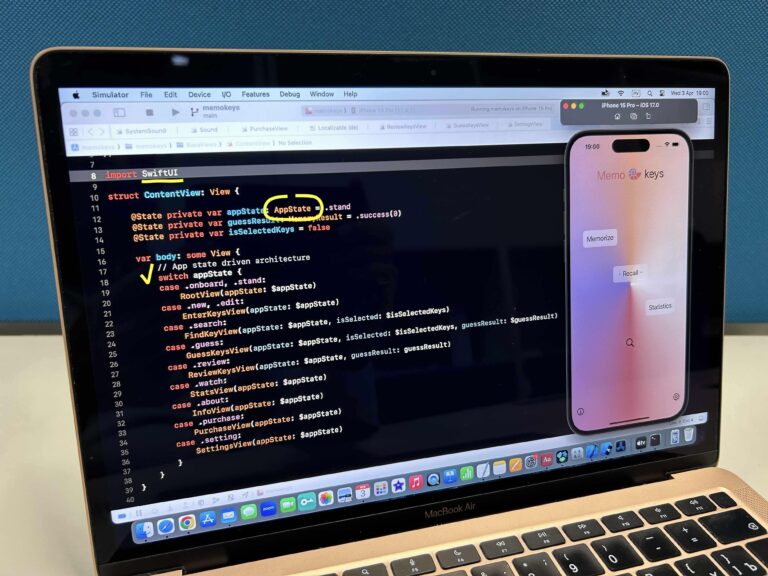New muses. DIY tools
It happens that enthusiasts recreate old musical instruments from descriptions in books, images on frescoes, details found during excavations. But several collect unique muses. devices from scratch and transfer the developments to open source… Today we’ll talk about such projects – a device that combines features trautonium and continuum, “Pocket” organ and custom launchpad…

Tool – three in one
A team of enthusiastic engineers from Switzerland has developed a gadget that combines features theremin, trautonium and continuum… The device was named Chimaera… During the game, the musician moves his fingers with special rings – they have built-in magnets – along the sensors. By increasing or decreasing the distance to the deck, you can change height and sound volume. This process looks like So:
The instrument is also capable of simulating a drum machine, electric guitar, and even a piano. Chimaera foundation make up one hundred sixty Hall sensorsthat measure the magnitude of the magnetic field. They are lined up at a distance of five millimeters from each other. So, the field from a magnet on a musician’s finger acts on several sensors at once, which makes the sound multifaceted.
The processor converts the analog signal into a digital sequence, which is fed to a computer or other speaker system. Data transfer is under the protocol Open Sound Control over UDP and TCP. Also Chimaera consists made up of two PCBs and an optional wooden case. All components are open: scheme are licensed CERN OHL v.1.2, and the firmware code is Artistic License 2.0 [за исключением нескольких скриптов — у них Zlib]… The authors say that basic soldering skills are enough to assemble the Chimaera. SMD – instructions is here…
“Pocket” organ
While Chimaera looks like exotic instruments, Pocket Organ brings together piano, guitar, drums and organ sounds in a compact form factor. It is a smartphone-sized controller. On the right side of the device are the note keys, and on the left are the volume, tone control and loop generation buttons. There is also a small OLED display with service information. You can evaluate the system in these videos on Facebook…
The project went through as many as seventeen iterations. At first, the developer – musician Thomas Tempi – used ordinary silicone keys. However, I did not manage to achieve a clear response to the pressing force and switched to capacitive sensors.

The author of the mini-system posted instructions for its assembly in the public domain, blanks for a 3D printer and pcb schematic… But most of the required components have housings. QFN and 0402… It is not very convenient to solder them at home.
Digital warrior
Another open source the instrument to look out for is the MIDI controller Digital warrior… Its author is composer from Berlin – inspired by systems like Ableton Push and Ni maschine…
The device is a rectangular steel box. On the outside there are sixteen luminous keys and four encoder… All of them allow you to control acoustic samples [в том числе 64 встроенными]…
Interestingly, Digital Warrior had a predecessor – Digital Warrior MK1… The current version has several improvements over it. It has Jack 3.5 and special contacts to connect to the pins of the main microcircuit. With their help, you can customize the controller.
Firmware code developer posted on GitHub… The author’s website also has diagrams and step-by-step instruction with a photo to build your own version of the “digital warrior”. Although some users point out that the guide is not comprehensive.
Additional reading in our Hi-Fi World:



